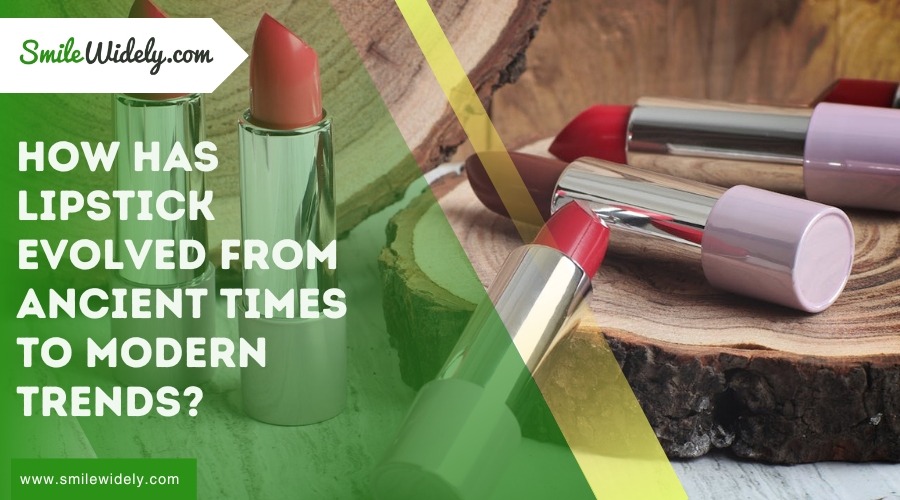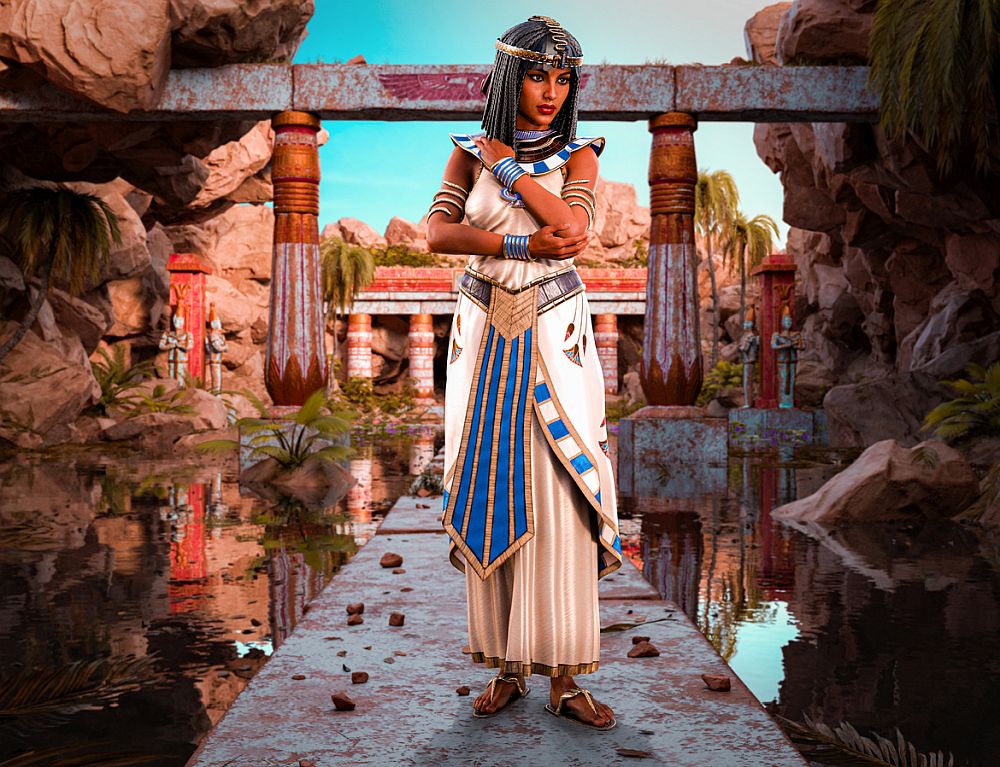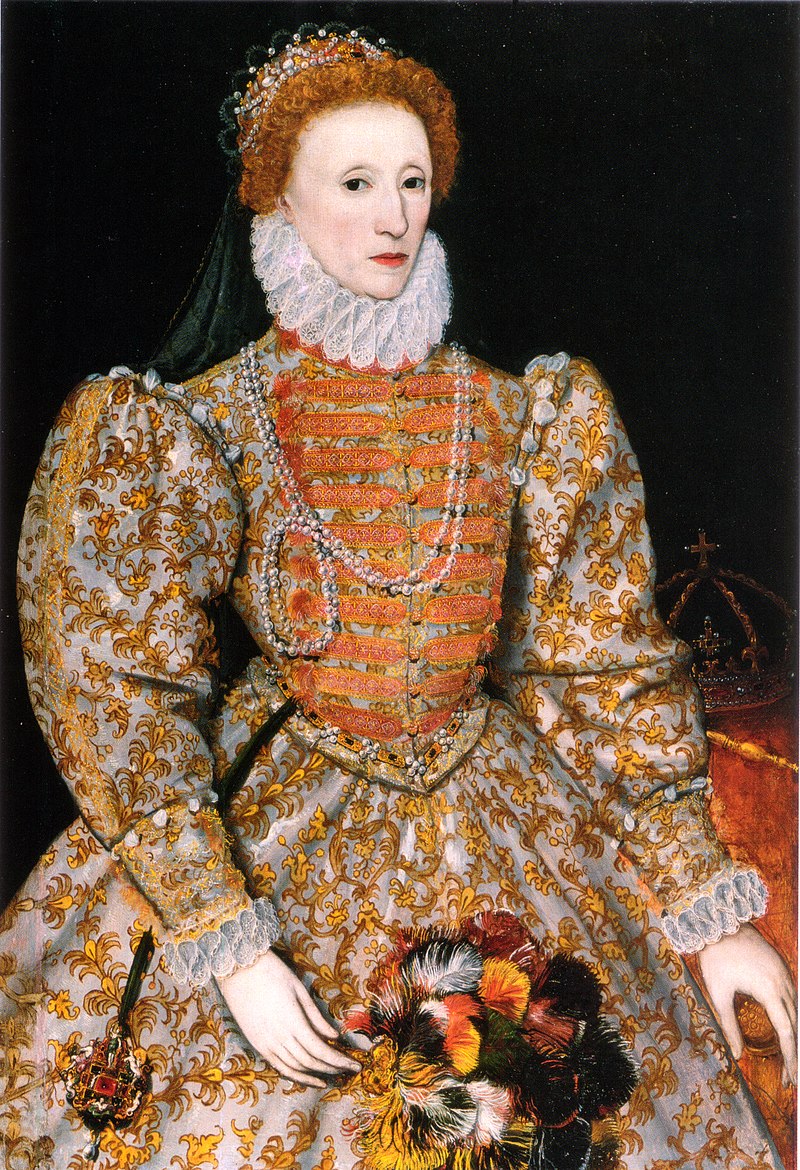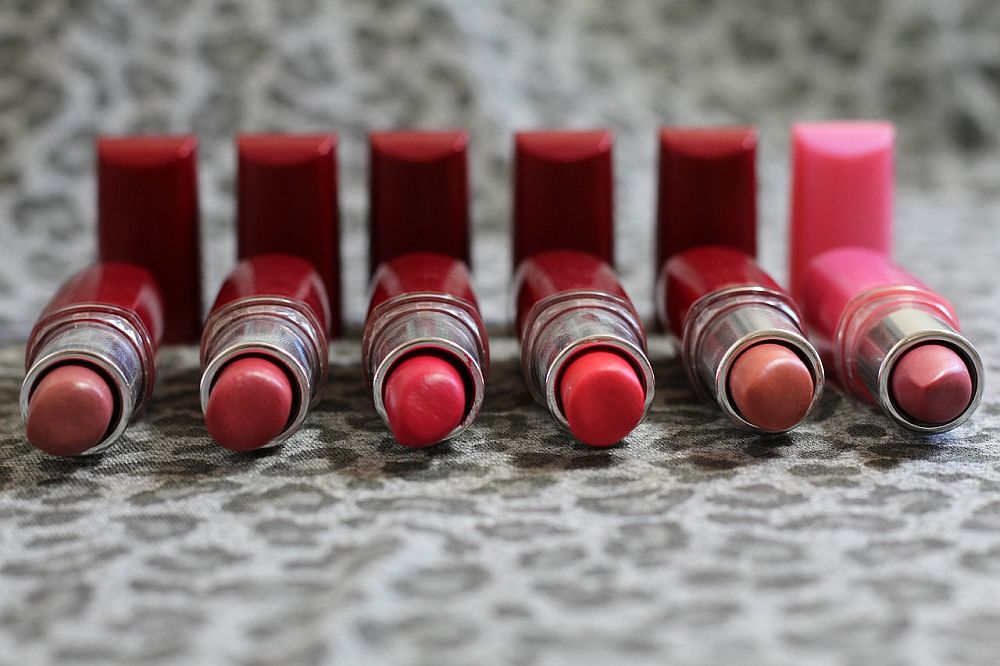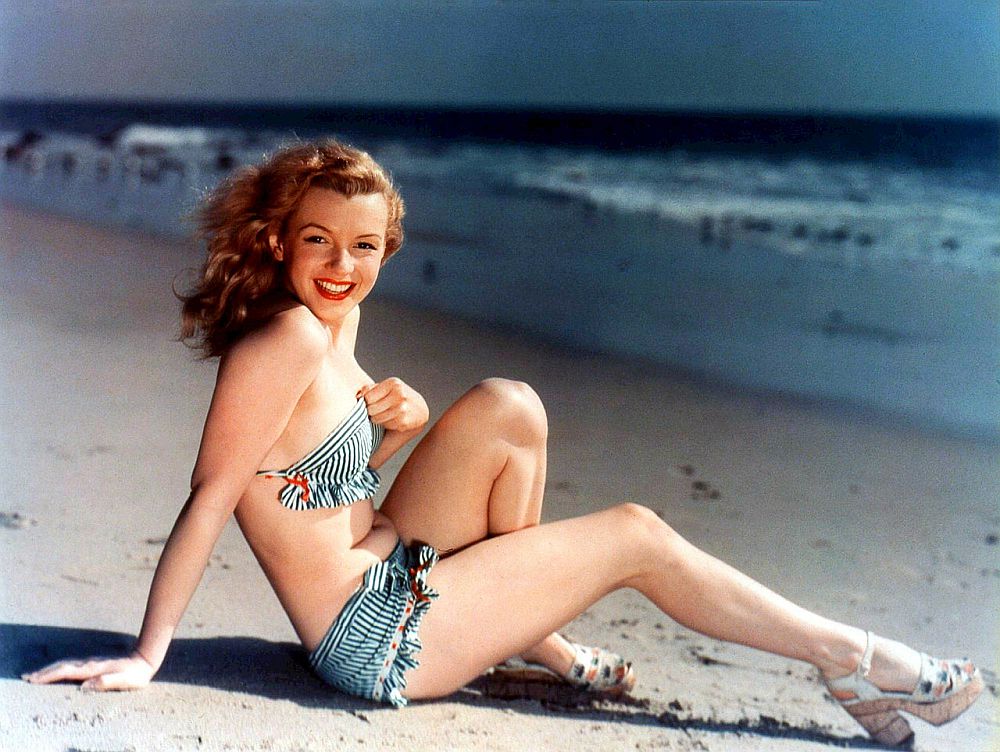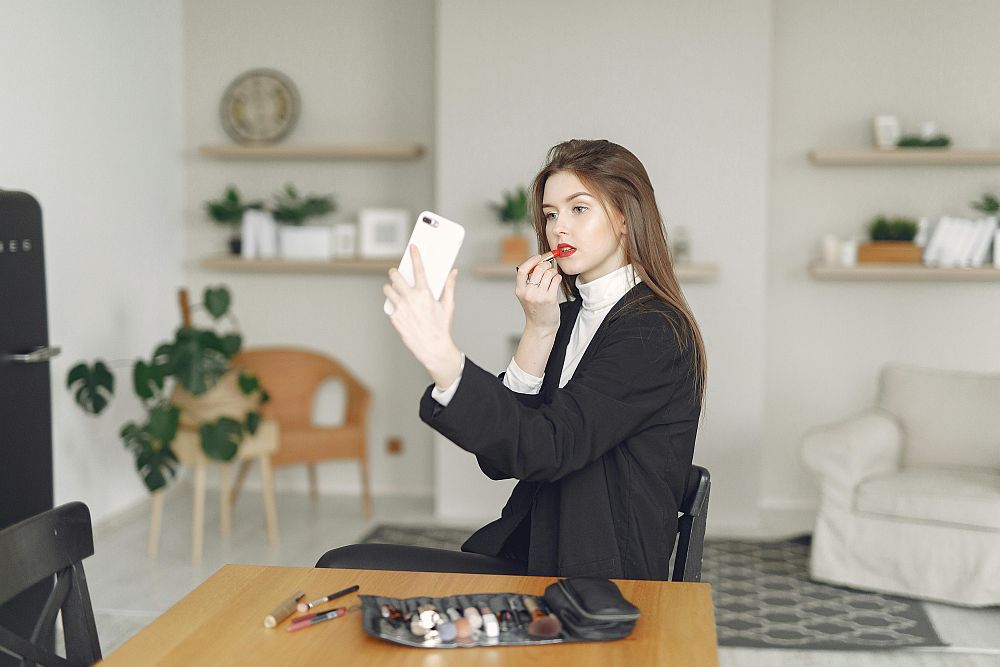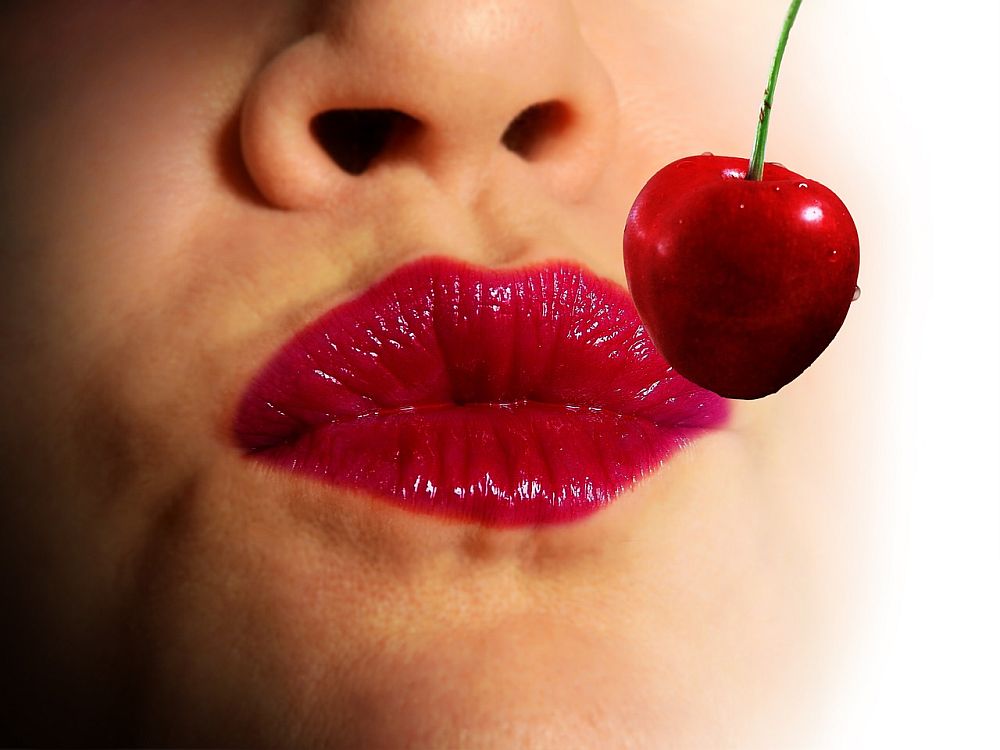Did you know that over 800 million lipsticks are sold worldwide each year?
This staggering figure highlights not just the popularity of lipstick but also its evolution from a mark of status in ancient civilizations to a tool of self-expression in today’s digital age.
From the crushed gemstones and insects used by the Sumerians and Egyptians to the sustainable and cruelty-free products preferred today, the journey of lipstick mirrors societal changes, cultural shifts, and technological advancements.
As you explore this transformation, you’ll uncover how each era’s unique preferences and technologies have shaped the lipstick trends we see on the market now, leaving you pondering what the future holds for this timeless cosmetic staple.
Ancient Civilizations
While tracing the origins of lipstick trends, it’s captivating to discover that ancient Sumerians and Mesopotamians crafted the first lip colors using natural elements like fruits and insects. This early form of lipstick wasn’t just about beauty; it symbolized status and cultural significance. As you delve deeper into the history, you’ll find that ancient civilizations had a profound impact on how lipstick was perceived and used.
The Egyptians, for instance, took lipstick to a whole new level. They derived its red color from carmine dye, obtained by crushing insects. This practice wasn’t just about aesthetics; it was a declaration of social standing and intelligence. Among the most iconic users of this technique was Queen Cleopatra. She famously used crushed insects to create her signature red lip color, setting a trend that would echo through history.
Lipstick in these ancient times was more than a fashion statement; it was a marker of identity and class. Unlike the Greeks, who associated lipstick with negative connotations, ancient Egyptians and Sumerians celebrated it as a symbol of beauty and power. These civilizations laid the groundwork for the myriad ways lipstick is embraced today.
Medieval Mystique
Diving into the Medieval era, you’ll find lipstick’s reputation took a darker turn, often linked to sin and seduction by the Catholic Church and societies across Europe. Despite its controversial nature, lipstick remained a marker of social status among women of higher echelons, creating a complex relationship between beauty and morality. Medieval views on lipstick varied significantly, reflecting a society grappling with its symbolism and implications.
| Era | Perception | Symbolism |
|---|---|---|
| Medieval | Associated with sin and seduction | Controversial beauty |
| Renaissance | Revival under Queen Elizabeth I | Power and status |
| Victorian | Considered vulgar by Queen Victoria | Changing norms |
In this period of varying interpretations, lipstick’s journey was emblematic of the broader societal attitudes towards women’s autonomy and the expression of beauty. Despite the disapproval from religious and societal institutions, the allure of colored lips persisted, setting a foundation for its resurgence in the Renaissance, notably popularized by Queen Elizabeth I. However, the Victorian era witnessed a backlash, with lipstick dismissed as vulgar, underscoring the cyclical nature of beauty standards and societal acceptance. Through these transformations, lipstick’s evolution continued, paving the way for modern trends and innovations.
Elizabethan Elegance
Emerging from the shadows of medieval controversy, Queen Elizabeth I reshaped the perception of lipstick in the 16th century, championing a bold aesthetic that married pale skin with vibrant red lips. This iconic look not only defined the beauty standards of the Elizabethan era but also cemented red lips as a symbol of power and status. During this time, wearing lipstick wasn’t just about adding color to one’s appearance; it was a declaration of elegance, sophistication, and above all, noble standing.
You’d find that in Elizabethan England, the bright red hue associated with Queen Elizabeth I was more than a mere fashion statement. It was a reflection of one’s social standing and an adherence to the era’s fashion trends. Lipstick was reserved for noble ladies and actors, highlighting its role as a marker of beauty and elegance. This distinction made it clear that not just anyone could partake in the trend, setting a clear divide in the societal hierarchy based on the application of makeup.
Queen Elizabeth I’s choice of makeup has left a lasting impact, influencing lipstick trends for centuries. Her embodiment of beauty and power through the simple act of wearing red lipstick remains a testament to her influence on the cosmetic world.
Industrial Revolution Impact
As the Industrial Revolution kicked off in the 19th century, you’ll notice a transformative era in lipstick’s history begins to unfold.
The mass production of lipsticks suddenly made them more accessible to you and everyone else, marking a departure from their previously exclusive status.
Alongside, the diversification of ingredients due to new synthetic discoveries significantly broadened the palette of options available to you, reshaping the way lipsticks were perceived and used.
Mass Production Begins
The Industrial Revolution kicked off the mass production of lipstick in the late 19th century, revolutionizing its availability and variety. When commercialization of lipstick began in 1884, it wasn’t just a shift; it was a leap towards manufacturing on a grand scale.
Thanks to industrial processes, producing lipstick in various shades and formulas became feasible, catering to a wider consumer base. This era didn’t just make lipstick more accessible through advancements in packaging and distribution, it set the stage for the diverse range of lipsticks we see in the modern beauty industry today.
The impact of mass production during the Industrial Revolution can’t be overstated; it transformed lipstick from a luxury item to an essential component of daily beauty routines worldwide.
Lipstick Ingredients Diversify
With the industrial revolution, lipstick saw an unprecedented diversification in its ingredients, including the introduction of synthetic dyes and petroleum jelly. This era marked a significant shift in how lipsticks were formulated and produced, resulting in a broader palette of colors and textures available to you. Here’s how the industrial revolution changed the game:
- Introduction of synthetic dyes: These provided a wider range of colors.
- Use of petroleum jelly: This became a common base, improving texture.
- Incorporation of lanolin: This ingredient helped in moisturizing lips.
- Replacement of natural pigments with synthetic ones: This move made lipsticks more vibrant and diverse.
The industrial revolution not just revolutionized the manufacturing processes but also made lipsticks more affordable, offering you an array of choices like never before.
Hollywood’s Golden Age
During Hollywood’s Golden Age, stars like Marilyn Monroe and Rita Hayworth led the charge in popularizing bold lip colors, fundamentally transforming lipstick into a symbol of glamour and sophistication. These iconic actresses, along with Clara Bow and Joan Crawford, didn’t just follow trends; they set them. Their choice of vibrant reds and deep hues not only defined their personal style but also left an indelible mark on the fashion landscape.
You’ve seen the images: Marilyn with her signature ruby lips, a hallmark of her look that’s as recognizable today as it was in the 1950s. It wasn’t just about the color; it was the statement. Lipstick, during this era, went beyond mere cosmetic appeal. It became a tool of expression, a way for these Hollywood stars to project an image of power, femininity, and beauty that was both aspirational and attainable.
As lipstick solidified its place on the red carpets and silver screens, it also made its way into the makeup bags of everyday women, eager to emulate the elegance and confidence of their favorite actresses. The Golden Age may have ended, but the legacy of its bold lip colors continues to shape beauty trends and attitudes toward makeup.
Rebellion and Rights
Why did lipstick shades like dark browns and plums symbolize a fierce rebellion against societal norms in 1926? It’s because these bold colors marked the beginning of a significant shift in the way women expressed themselves. Lipstick wasn’t just a beauty product; it was a tool for empowerment and a silent protest against the status quo.
Here’s how lipstick colors have mirrored societal movements and women’s rights struggles over the years:
- 1926: Dark browns and plums meant more than fashion; they were a visual shout for rebellion, challenging what society expected from women.
- 1946: The emergence of red and orange shades signified a deeper cause—women’s fight for independence and equality, painting their lips as banners of defiance.
- 1950s: Iconic figures like Marilyn Monroe and Rita Hayworth popularized dark red lips, which weren’t just about glamour. They symbolized women’s burgeoning sense of empowerment in a male-dominated society.
- Throughout Various Periods: Lipstick has served as a form of silent protest, with different colors signifying different facets of the women’s rights movement, proving that beauty and empowerment can go hand in hand.
Lipstick colors have always been more than just a part of a makeup routine; they’ve been a powerful tool in the rebellion against societal norms and a symbol of women’s fight for independence and empowerment.
The Digital Age
In the digital age, you’ve likely noticed how virtual try-on apps and social media shape what’s popular in lipstick. Influencers and beauty gurus share the latest trends and application tips, making it easier for you to stay on top of the game.
These digital tools not only influence what you buy but also how you perceive beauty and makeup trends.
Virtual Try-On Apps
Virtual try-on apps revolutionize how you experience lipstick shopping, leveraging augmented reality to simulate various shades on your face in real-time. These innovative tools have transformed online beauty shopping, offering personalized makeup experiences without leaving your home. Here’s why they’re a game-changer:
- Augmented Reality Technology: These apps use cutting-edge technology to accurately project lipstick shades onto your live image.
- Personalized Experiences: By analyzing your facial features and skin tone, they ensure the recommended shades match you perfectly.
- Convenience: No need to physically test multiple shades; find your ideal lipstick with a few taps.
- Increased Engagement: Beauty brands use these apps to connect with customers, boosting sales by making online shopping more interactive and fun.
Embrace the future of beauty shopping with virtual try-on apps, where finding the perfect lipstick shade has never been easier.
Social Media Trends
After exploring the revolutionary world of virtual try-on apps, let’s shift our focus to how social media platforms have become a pivotal force in shaping today’s lipstick trends. Instagram and TikTok, with their dynamic content, have turned the spotlight on a spectrum of lipstick hues, from classic reds to unconventional colors.
You’re now witnessing beauty influencers and makeup artists pushing the boundaries of creativity, encouraging you to experiment with bold looks. Thanks to user-generated content on Pinterest and YouTube, lipstick tutorials and reviews are at your fingertips, making it easier for you to dive into the world of makeup.
Social media challenges and brands’ engaging campaigns further fuel your passion, transforming how you perceive and use lipstick in your daily life.
Sustainable Beauty Trends
As consumers become more environmentally conscious, sustainable beauty trends, particularly in lipsticks, are gaining momentum, focusing on eco-friendly packaging and natural ingredients to lessen our ecological footprint. You’re not just applying color; you’re making a statement about the planet.
Here’s how you can be part of the movement with your lipstick choices:
- Opt for Eco-Friendly Packaging: Brands like Axiology and Ilia Beauty are leading the way with biodegradable or recyclable packaging, ensuring your beauty routine doesn’t add to landfill waste.
- Choose Vegan and Cruelty-Free Products: These lipsticks don’t just look good; they do good. By choosing brands that adhere to vegan and cruelty-free practices, you’re supporting animal welfare and reducing harmful impacts on biodiversity.
- Embrace Refillable Containers: Brands such as Kjaer Weis and Elate Cosmetics offer stylish, refillable lipstick cases to minimize waste. It’s a chic way to be eco-conscious.
- Select Natural Ingredients: Sustainable lipsticks often feature organic ingredients like shea butter, coconut oil, and plant-based pigments. Not only are these better for the environment, but they’re also kinder to your skin.
Conclusion
From its origins in ancient Mesopotamia to today’s sustainable beauty trends, lipstick’s journey is a vivid reflection of human history, culture, and personal expression.
You’ve seen it evolve from a status symbol in ancient civilizations, navigate through periods of ban and mystique, to become a tool for rebellion and rights.
Now, in the digital age, it embraces innovation and sustainability, allowing you to express yourself while being mindful of the planet.
Lipstick’s evolution mirrors our own, constantly adapting yet forever timeless.

